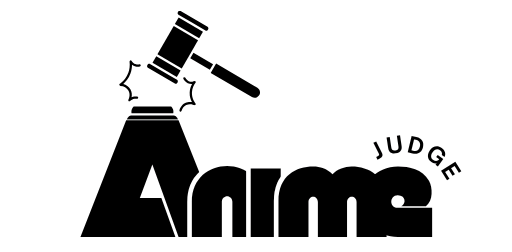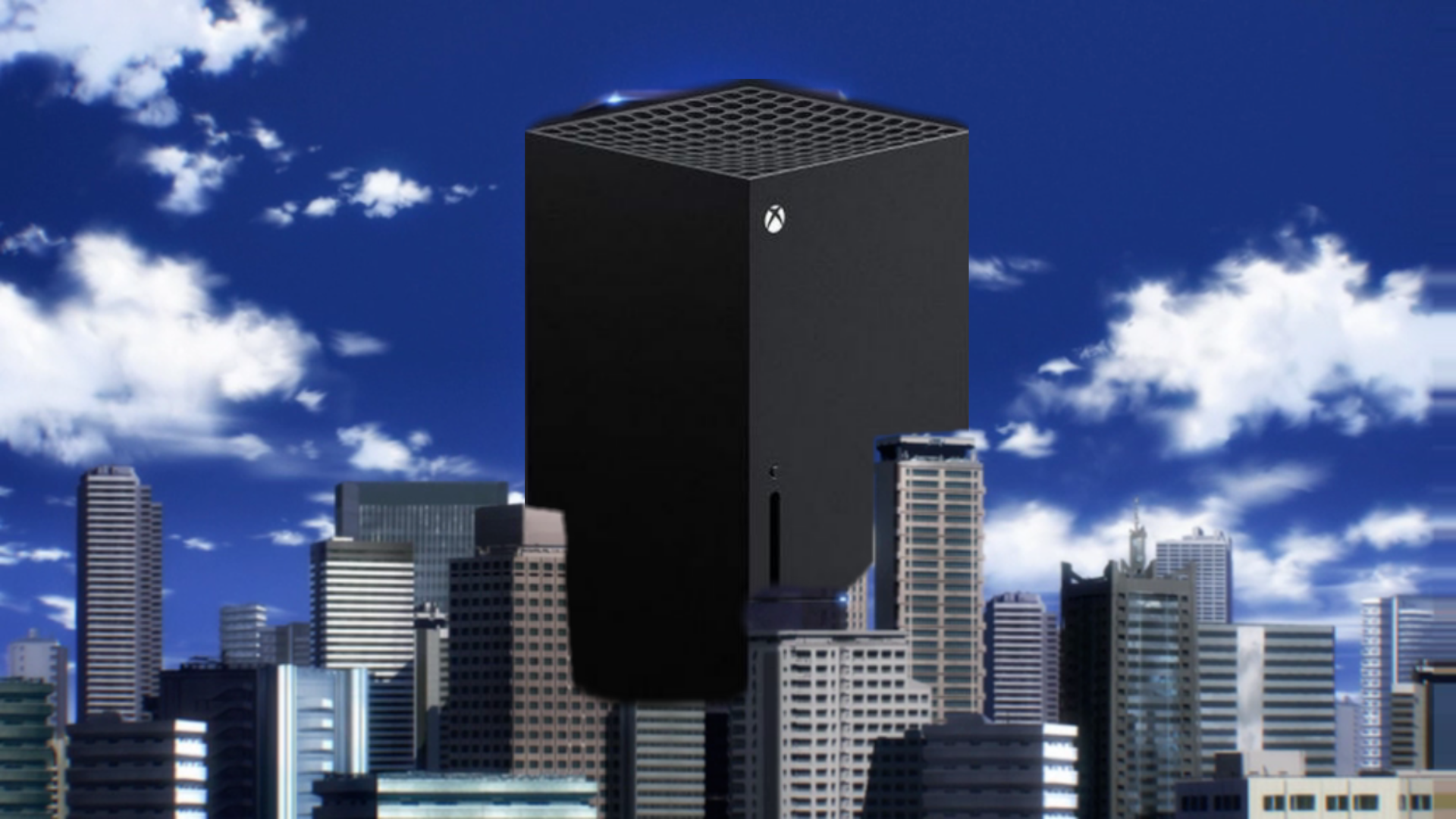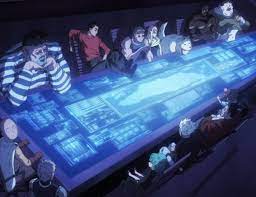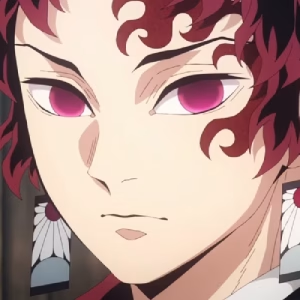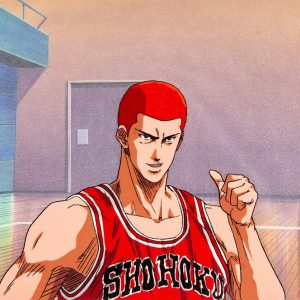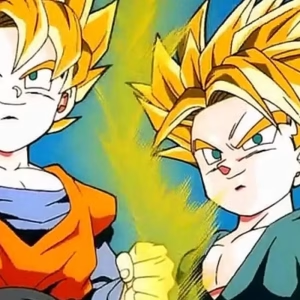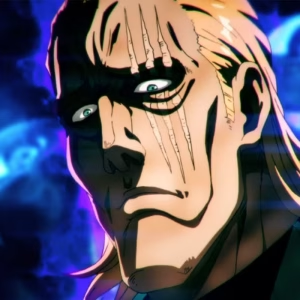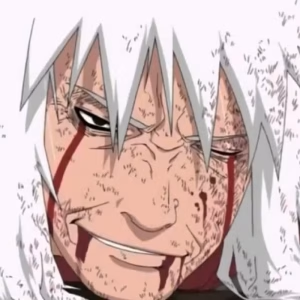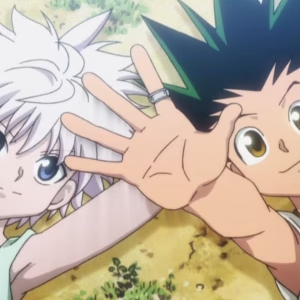In One Punch Man, the Hero Association was created to safeguard humanity against the rising threat of monsters. With heroes ranked from Class C to Class S, the Association serves as the world’s primary defense system. But is it truly effective in protecting people — or is it simply a flawed system riddled with internal issues? Let’s take a closer look.
What Is the Hero Association?
The Association was founded by billionaire Agoni after his grandson was saved from a crab monster by Saitama. It oversees recruitment, rankings, and deployment of heroes — from low-tier heroes like Mumen Rider to legends like Blast and Tatsumaki. Heroes are ranked from Class C to S based on performance, power, and public recognition. The organization is responsible for tackling threats ranging from Wolf to God-level.
Is the Association Actually Effective?
Accomplishments in Protecting People
- Monster Defense: S-Class heroes such as Tatsumaki, Bang, and Metal Bat frequently take down Dragon-level monsters and prevent urban catastrophes. Tatsumaki even stopped Boros’ spaceship attack single-handedly (Chapter 34).
- Team Efforts: During the Monster Association arc, S-Class heroes cooperated to defeat Orochi and rescue civilians, marking one of their most successful operations.
- Inspiring the Public: Heroes like Mumen Rider, despite lacking power, continue to embody justice and inspire hope through selflessness and courage.
Social and Structural Role
- Threat Management: The Association categorizes monster threats (Wolf, Tiger, Demon, Dragon, God) and dispatches appropriate heroes to minimize damage.
- Funding and Tech: With private sponsors, the organization develops weaponry (e.g., Metal Knight) and builds infrastructure to protect cities.
Flaws and Internal Problems
Dependence on Individuals
- Inaccurate Rankings: The hero ranking system often fails to reflect actual strength. Saitama, the strongest being, is ranked low (initially Class C, later B then A), while King — ranked #7 in Class S — has no real combat ability.
- Poor Coordination: In major battles, heroes often act independently, leading to unnecessary casualties (e.g., Child Emperor’s defeat by Phoenix Man).
Bureaucracy and Corruption
- Reputation Over Results: Some officials care more about the Association’s image than human lives, as seen when they tried to cover up failures during the Garou incident.
- Unfair Evaluations: Hero promotions depend on popularity and visible achievements, ignoring silent contributions — like Saitama or Mumen Rider’s acts of heroism.
Failure to Identify Real Threats
- Overlooking Saitama: The Association failed to recognize Saitama’s potential, wasting their strongest asset while relying heavily on flawed rankings.
- Ignorance of “God”: Blast revealed the Association has no knowledge of “God” — the true God-level threat — and only he and his allies are confronting it. This exposes the organization’s blind spots regarding cosmic-level dangers.
Comparison with Other Factions
| Group | Effectiveness | Weaknesses |
|---|---|---|
| Hero Association | High (vs. standard monsters) | Corruption, disorganization |
| Saitama (Individual) | Absolute | Unrecognized |
| Monster Association | High (offensive capability) | Lack of structure, ultimately destroyed |
While the Hero Association is more organized than its enemies, its over-reliance on S-Class heroes and failure to utilize Saitama highlight deep systemic issues.
Does the Hero Association Really Protect Humanity?
Present Day
- Yes: The Association effectively handles threats up to Dragon-level, preventing societal collapse in a monster-filled world.
- But Not Enough: Against God-level threats like “God” or Cosmic Garou, the Association is powerless without Saitama’s intervention.
The Future
- Reform Needed: Recognizing Saitama’s strength and improving internal structure could make the Association more reliable.
- Dependence on Individuals: Currently, humanity’s survival hinges on heroes like Blast (handling “God”) and Saitama — not the system as a whole.
Symbolism of the Hero Association
- Satire of Bureaucracy: The Association is ONE and Murata’s commentary on real-world institutions — where image and rank often overshadow merit.
- Celebrating True Heroes: Despite flaws, individuals like Mumen Rider and Zombieman show that heroism comes from spirit, not status.
Conclusion
The Hero Association plays a vital role in defending humanity against monster threats. But its effectiveness is limited by internal corruption, flawed rankings, and reliance on a few powerful individuals. In truth, it is not the Association, but Saitama — an outsider to the system — who consistently saves the day.
Unless reforms are made, the organization may not be ready to face the ultimate threat: “God.” Will the Hero Association evolve — or continue to survive in the shadow of those it overlooks?
